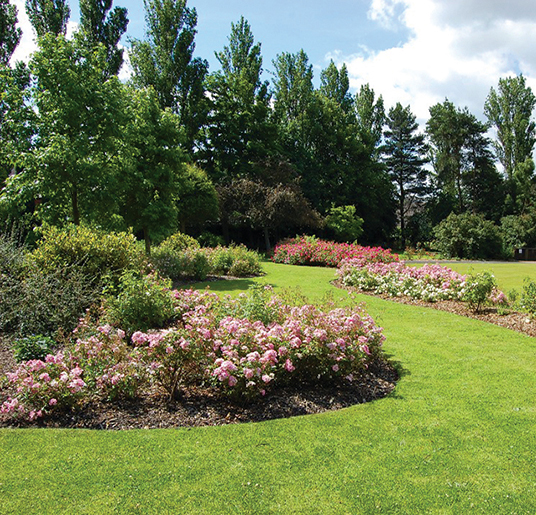
Cannock Park
Car Park located off Park Road WS11 1JN
Open 10.30am & Close 7pm, 17th March - 26th October 2025
Open 10.30am & Close 3.30pm, 27th October 2025 - 15th March 2026
No BBQs allowed in Cannock Park.
Please be aware that during winter conditions, surfaces are not treated and the Tennis Courts and Car Park will be closed if necessary.
Located just a short distance from the Cannock Town Centre.
The park is triangular in shape, constrained by the A34 Stafford Road, Park Road and the Old Penkridge Road, Cannock. It also has landscape boundaries with Cannock Leisure Centre and the Golf Course.
Cannock Park is 5.72 hectares in size, but this does not take into account the larger historical land profile, that formed the area formally known as the "Flower Show Grounds"
The park located near the town centre, and the 18 hole golf course, offers football pitches and pavilion, tennis courts, children's play area, skate boarding facilities and a varying landscape which offer colorful seasonal displays of annual bedding, rose & shrub garden and trees including a number of mature and semi mature trees.
Cannock Park has been awarded the "Green Flag" award for the site from 2008 up to the present date of 2025, along with a special innovation award in 2011 for the mural located on the Leisure Centre wall which led to the Council's wider respect agenda.
